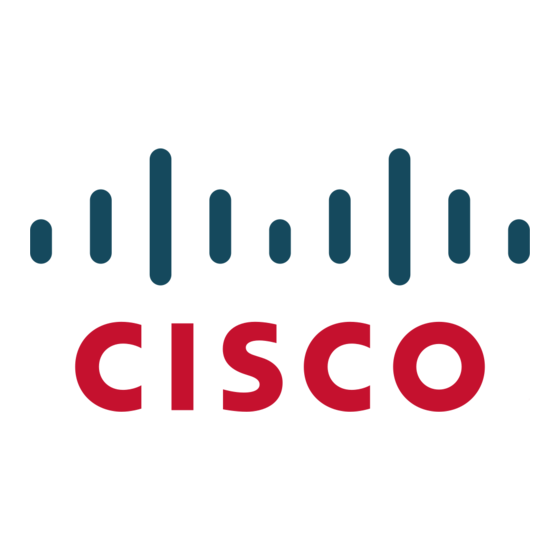Configure Dial Peers
Figure 10
PBX
Unless otherwise configured, when a call arrives on the access server, the server presents a dial tone
to the caller and collects digits until it can identify the destination dial peer. After the dial peer has
been identified, the call is forwarded through the next call leg to the destination.
There are cases where it might be necessary for the server to use the called-number (DNIS) to find
a dial peer for the outgoing call leg—for example, if the switch connecting the call to the server has
already collected the digits. DID enables the server to match the called-number with a dial peer and
then directly place the outbound call. With DID, the server does not present a dial tone to the caller
and does not collect digits; it forwards the call directly to the configured destination.
To use DID and incoming called-number, a dial peer must be associated with the incoming call leg.
Before doing this, it helps if you understand the logic behind the algorithm used to associate the
incoming call leg with the dial peer.
The algorithm used to associate incoming call legs with dial peers uses three inputs (which are
derived from signaling and interface information associated with the call) and four defined dial-peer
elements. The three signaling inputs are:
•
Called-number (DNIS)—Set of numbers representing the destination, which is derived from the
ISDN setup message or CAS DNIS.
•
Calling-number (ANI)—Set of numbers representing the origin, which is derived from the ISDN
setup message or CAS DNIS.
•
Voice port—The voice port carrying the call.
The four defined dial-peer elements are:
•
Destination pattern—A pattern representing the phone numbers to which the peer can connect.
•
Answer address—A pattern representing the phone numbers from which the peer can connect.
•
Incoming called-number—A pattern representing the phone numbers that associate an incoming
call leg to a peer based on the called-number or DNIS.
•
Port—The port through which calls to this peer are placed.
Using the elements, the algorithm is as follows:
For all peers where call type (VoIP versus POTS) match dial-peer type:
if the type is matched, associate the called number with the incoming called-number
This algorithm shows that if a value is not configured for answer-address, the origin address is used
because, in most cases, the origin address and answer-address are the same.
VC-30
Voice, Video, and Home Applications Configuration Guide
Incoming and Outgoing POTS Call Legs
Cisco 3600
Incoming
Outgoing
call leg
call leg
else if the type is matched, associate calling-number with answer-address
else if the type is matched, associate calling-number with destination-pattern
else if the type is matched, associate voice port to port
Cisco 3600
IP
cloud
PBX

